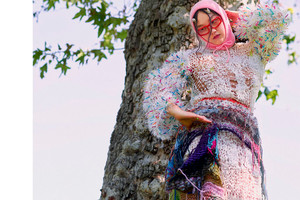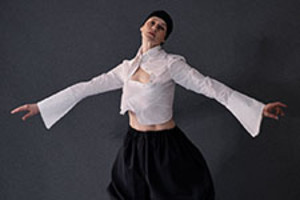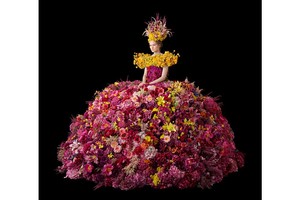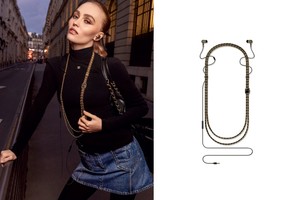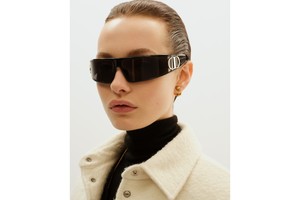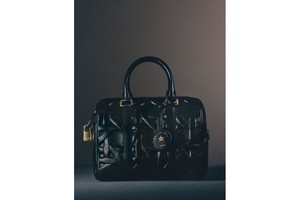Anton Isaksson: Art Should Mirror Society
Written by Natalia MunteanTo kick off Stockholm Art Week, we have asked a number of interesting people from the city’s art scene questions to explore their relationship to art and the city.
Anton Isaksson, a creative, curator and co-founder of Betan Gallery, has presented over 30 artists globally. His artistic creations encompass various mediums, including oil, acrylics, video, performances, public installations, and textiles.
What is the story behind your exhibition during Stockholm Art Week?
“Let’s see where our interests converge” is a collection of immaterial transactions. Textile works about perceived value, zero-sum games and transactional relationships. The exhibition is essentially about power. What isn’t?
What inspired you to become an artist, and how has your artistic journey evolved?
I guess that’s one of those things that just happens when there’s a need to create or express. I don’t know what else I would do. Maybe teach geography? Or history?
What is your creative process like, and how do you approach developing new ideas and concepts for your work?
I bring my notebook everywhere. When I fill it up, I get an exact copy. Usually, it takes about a month. The ideal notebook should be black, soft in an A5 format and it has to have rows since blank pages intimidate me.
What role do you think art plays in society, and how do you see your work contributing to or challenging societal norms?
If nothing else, the arts’ purpose should be to mirror society and contribute to it by boiling down complex ideas and making them accessible. That’s how I approach my work. It’s not necessarily about the art but more so about me translating an idea for it to get translated again by the observer. A beautiful process where the message is warped differently each time.
Are there any particular themes or subjects that consistently appear in your work, and if so, what draws you to them?
Black people. When I’m surrounded by my work I get this sense of belonging. All of a sudden, I’m in the majority. You don’t get that too often.
Can you share a favourite spot in Stockholm where you go to find inspiration or recharge creatively?
Badmintonstadion Skanstull. I don’t even play that much, it’s just a great atmosphere. The smell, the people, the sounds, the couches and the cheapest coffee in Stockholm (refills are free).
Is there a Swedish artist who you find inspirational?
Marcia Harvey Isaksson, Thea Olivares, Aron Bergdahl and Betan as a collective.
What is your favourite bar or restaurant in Stockholm?
Duvan Pub, without a doubt. They’ve fed me when I couldn’t. Superb service.















